
In the copper-lead-zinc sulfide ore, the copper, lead and zinc minerals have a close symbiotic relationship, complex mineral composition and large fluctuation of disseminated particle size, which is difficult to be separated.
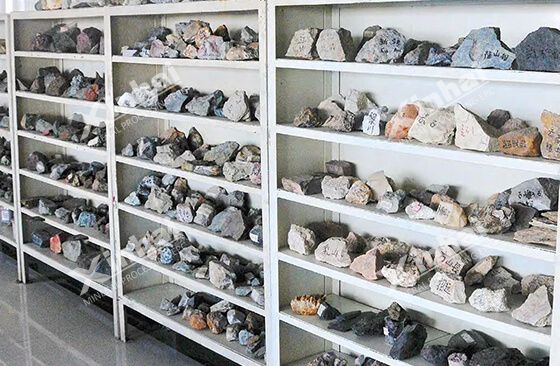
In the practice, the flotation method, gravity separation method and combined beneficiation method can be used for copper - lead - zinc sulfide ore. Among them, the flotation method has become the main separation method of copper, lead and zinc sulfide ores because of its good separation effect on various complex polymetallic co-biogenic minerals.
According to different ore properties, the copper-lead-zinc sulfide ore flotation processes are also different, mainly including preferential flotation process, full mixed flotation process, partial mixed-preferential flotation process and iso-flotation process.
The preferential flotation process refers to obtain the copper concentrate, lead concentrate, zinc concentrate and tailings from the pulp successively according to the floatability order and floating velocity of copper, lead and zinc mineral in the ore.
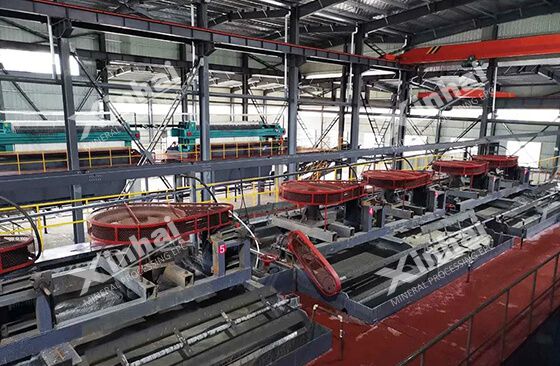
Advantages:
The flotation process has a relatively simple flow and has the strong adaptability to the change of ore grade.
Application:
The flotation process is generally used for copper-lead-zinc sulfide ores with simple composition, high raw ore grade, large difference in floatability of useful minerals and coarse disseminated particle size.
The full mixed flotation process refers to float the copper, lead and zinc minerals together to get the mixed concentrate, and then separate the mixed concentrate after de-dosing, so as to get copper concentrate, lead concentrate and zinc concentrate respectively.
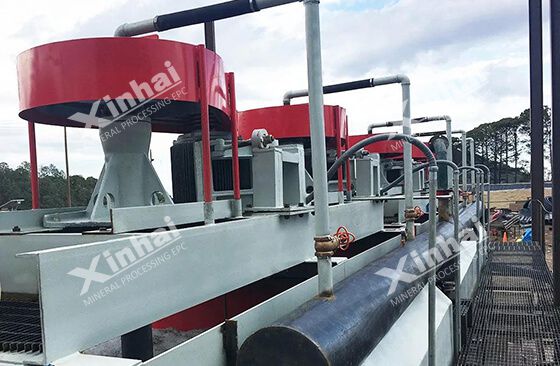
Advantages:
After the rough grinding, the mixed flotation process is used to float all kinds of useful minerals’ coenobium together, then the mixed concentrate is reground and re-separated, which greatly saves the unnecessary grinding cost. In the mixed flotation circuit, all the original pulp passes through the flotation machine, while the subsequent separation circuit only uses the flotation machine to deal with a small amount of mixed concentrate, which reduces the number of flotation machines and the consumption of flotation reagents accordingly.
Application:
The flotation process is suitable for treating the copper-lead-zinc sulfide ores in which the useful minerals are not uniformly distributed, or densely co-existing with each other, or one mineral is fine grain embedded in another mineral, and its intergrowth is coarsely embedded in gangue.
The partial mixed-preferential process refers to float the useful minerals with similar floatability into the mixed concentrate and then separate them.
For the copper-lead-zinc sulfide ore, those copper sulfide and lead minerals that are easy to float and those zinc and sulfur minerals that are difficult to float can be separately floated to get copper-lead mixed concentrate and zinc-sulfur mixed concentrate. Or the mixed flotation is used to float copper and lead minerals by inhibiting the zinc-sulfur mineral, then the copper and zinc is separated respectively through the obtained copper-lead mixed concentrate, and zinc (sulfur) minerals can be recovered from the tailings of mixed flotation to obtain copper concentrate, lead concentrate and zinc concentrate respectively.
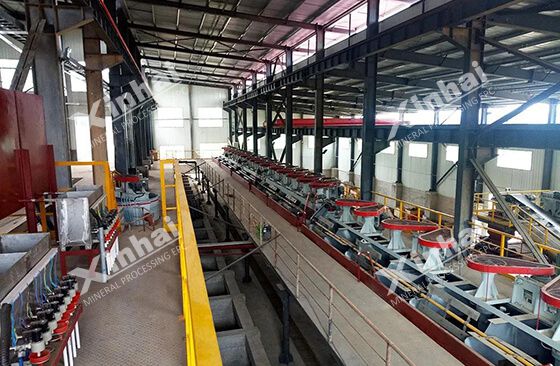
Advantages:
The flotation process has the advantages of both preferential flotation and mixed flotation, and it is easy to control the process conditions of flotation separation.
Application:
The flotation process is mainly suitable for the copper-lead-zinc sulfide ores with similar floatability.
The iso-flotation process is to separate the various minerals with similar floatability into a mixed concentrate and then separate them.
In the copper-lead-zinc sulfide ore, the copper ore is mainly chalcopyrite, the lead mineral is mainly galena, and the zinc sulfide mineral is mainly sphalerite. The galena, copper sulfide and sphalerite can be divided into easy-to-float and difficult-to-float parts. In the first flotation stage, the easy-to-float copper sulfide, lead and zinc minerals can be first floated and separated, then the difficult-to-float copper and lead minerals can be floated with zinc minerals that has the similar floatability, then separated. In the second flotation stage, the more difficult-to-float zinc minerals are separated (if the iron sulfide content of the ore is high, the pyrite can be separated into the zinc concentrate, then zinc is separated from the pyrite).
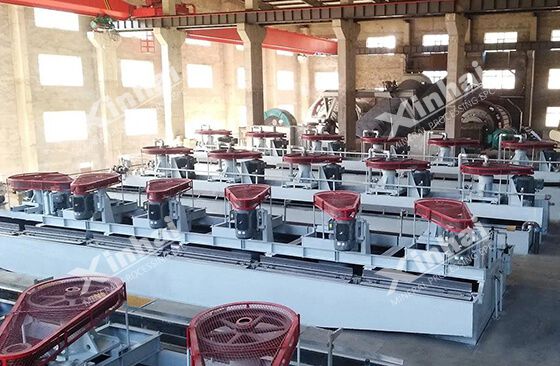
Advantages:
The flotation process can not only avoid the strong inhibition of easy-to-float zinc minerals and subsequent separation, but also avoid the inhibition of difficult-to-float zinc minerals and the strong activation of subsequent flotation. In addition, it can be carried out under the different conditions according to the floating difficulty of useful minerals, which greatly reduces the reagent consumption, eliminates the influence of excess reagents on separation flotation and improves the flotation index.
Application:
The flotation process is often used to treat the copper-lead-zinc sulfide ores whose various useful minerals have the significant difference in floatability.
Because of its own complex characteristics, the copper-lead-zinc sulfide ore extraction is also difficult. Before determining the flotation process, it is necessary to carry out the ore beneficiation test, and consider the material composition, structure characteristics, production scale, economic factors and regional conditions comprehensively, thus to obtain an ideal rate of return on investment.
To find out more about our products and solutions, please fill out the form below and one of our experts will get back to you shortly.